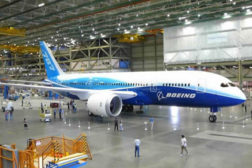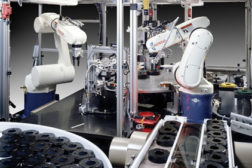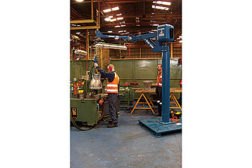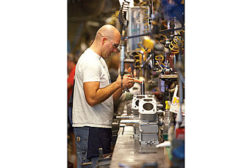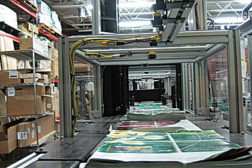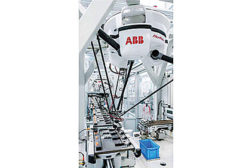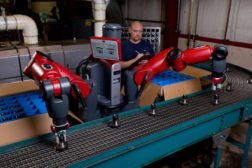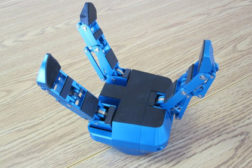Robotics Assembly
Robotic Assembly of Automotive Wire Harnesses
New research suggests that six-axis robots can be used to install automotive wiring harnesses.
July 1, 2014
Cranes, Hoists and Lift-Assist Devices Aid Workers on the Assembly Line
Equipment options range from robust cranes and hoists, to intelligent assist devices and flexible work positioners.
June 3, 2014
Kohler Excels at Manufacturing Small Gas Engines
Reliability in the field starts with quality on the assembly line.
June 3, 2014
Never miss the latest news and trends driving the manufacturing industry
Stay in the know on the latest assembly trends.
JOIN TODAY!Copyright ©2025. All Rights Reserved BNP Media.
Design, CMS, Hosting & Web Development :: ePublishing

